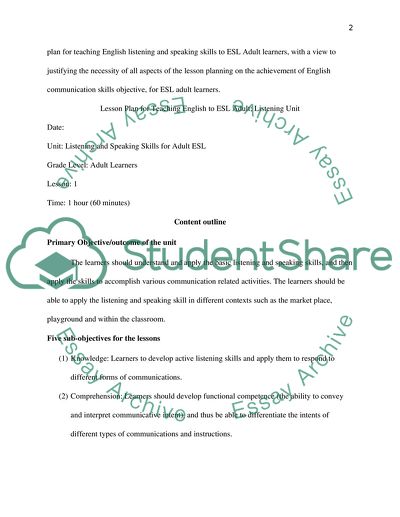Cite this document
(“Lesson Planning in teaching English - skills and activities Essay”, n.d.)
Lesson Planning in teaching English - skills and activities Essay. Retrieved from https://studentshare.org/education/1683263-lesson-planning-in-teaching-english-theories-and-approaches
Lesson Planning in teaching English - skills and activities Essay. Retrieved from https://studentshare.org/education/1683263-lesson-planning-in-teaching-english-theories-and-approaches
(Lesson Planning in Teaching English - Skills and Activities Essay)
Lesson Planning in Teaching English - Skills and Activities Essay. https://studentshare.org/education/1683263-lesson-planning-in-teaching-english-theories-and-approaches.
Lesson Planning in Teaching English - Skills and Activities Essay. https://studentshare.org/education/1683263-lesson-planning-in-teaching-english-theories-and-approaches.
“Lesson Planning in Teaching English - Skills and Activities Essay”, n.d. https://studentshare.org/education/1683263-lesson-planning-in-teaching-english-theories-and-approaches.


